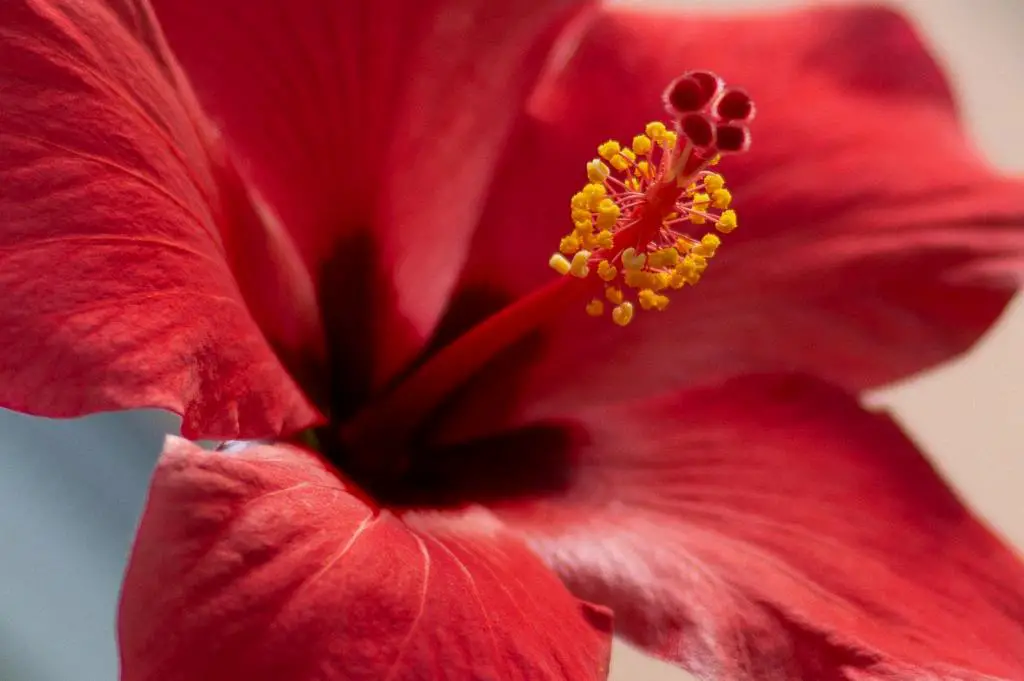When it comes to the practice of deadheading hibiscus plants, there are a few key considerations to keep in mind. While deadheading is not an absolute necessity for hibiscus plants, it can have a significant impact on their blooming cycle and overall appearance.
What is Deadheading?
To clarify, deadheading refers to the process of removing spent or faded flowers from a plant. In the case of hibiscus plants, this involves plucking off the wilted blooms to encourage new growth and extended blooming periods.
The Role of Deadheading in Hibiscus Care
While hibiscus plants are capable of naturally shedding their spent flowers, deadheading can promote a more prolific blooming season. By removing the fading blooms, you signal to the plant to redirect its energy towards producing new flowers.
Benefits of Deadheading Hibiscus
One of the key advantages of deadheading hibiscus plants is the stimulation of continuous blooming. By regularly removing the spent flowers, you encourage the plant to invest its resources in producing fresh blooms, leading to a more vibrant and longer-lasting display.
How to Deadhead Hibiscus Plants
To deadhead hibiscus effectively, simply pinch off the fading flowers at the base of the stem using your fingers or pruners. It is essential to make clean cuts to avoid damaging the plant and to encourage healthy regrowth.
Frequency of Deadheading
For best results, deadhead hibiscus plants regularly throughout the blooming season. Aim to remove faded flowers as soon as they begin to wither to promote continuous flowering and maintain the plant’s overall health.
Considerations Before Deadheading
Before embarking on a deadheading spree, it is essential to assess the specific needs of your hibiscus plant. Not all hibiscus varieties require deadheading, so understanding the species you are dealing with is crucial to avoid unnecessary pruning.
Overcoming Common Deadheading Challenges
While deadheading can be beneficial for hibiscus plants, some challenges may arise, such as accidentally removing buds or damaging the stem. To mitigate these issues, take care when deadheading and ensure you are only removing spent flowers.
The Impact of Deadheading on Plant Growth
By deadheading hibiscus plants, you encourage the growth of new flowers and prevent the development of seed pods, redirecting the plant’s energy towards flowering rather than seed production.
Alternative Methods for Enhancing Hibiscus Blooms
If deadheading seems too labor-intensive or unnecessary for your hibiscus plant, there are alternative methods to promote blooming, such as regular fertilization, adequate sunlight, and proper watering practices.

Final Thoughts on Deadheading Hibiscus Plants
In conclusion, while deadheading is not mandatory for hibiscus plants, it can be a valuable practice to enhance blooming and maintain the plant’s appearance. By understanding the benefits and techniques of deadheading, you can effectively promote continuous flowering and enjoy a thriving hibiscus display.
